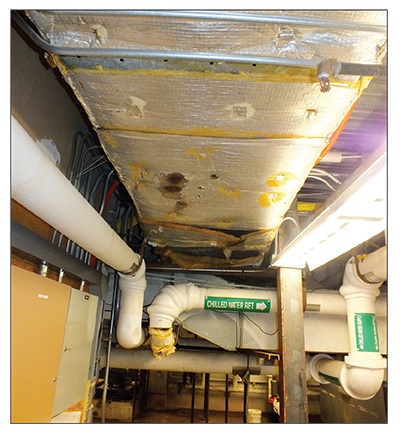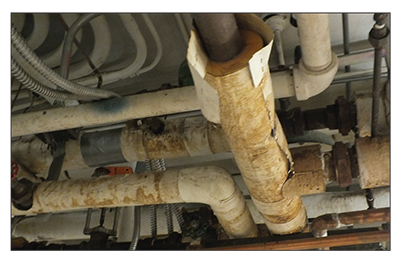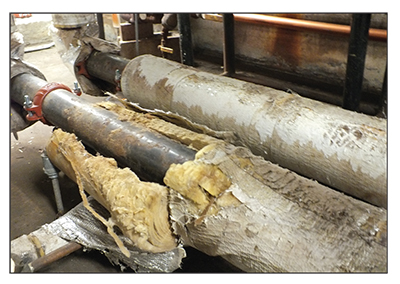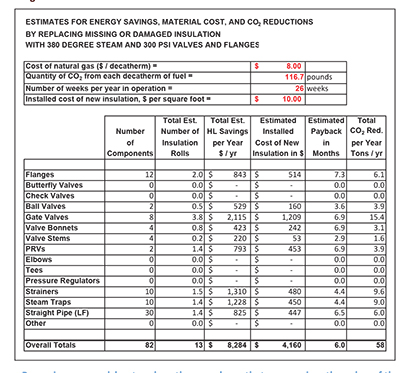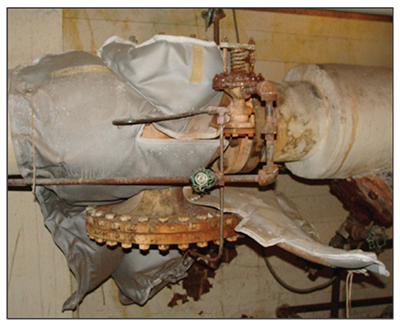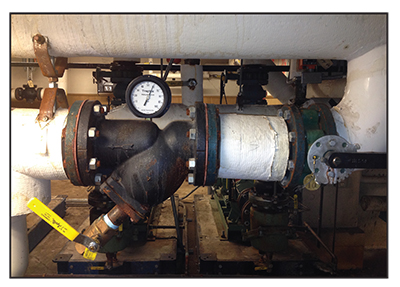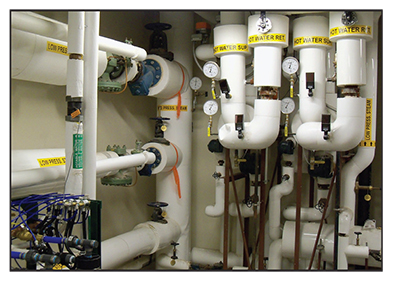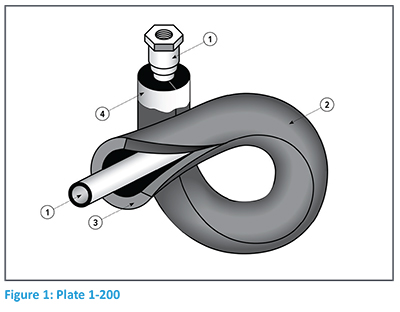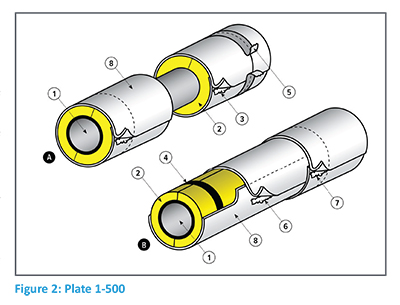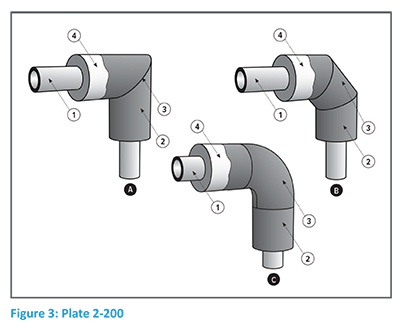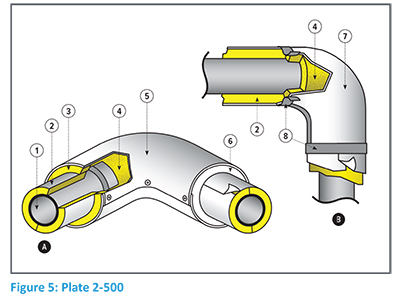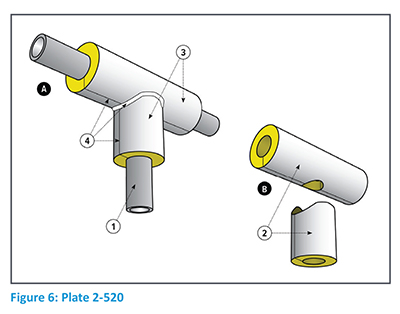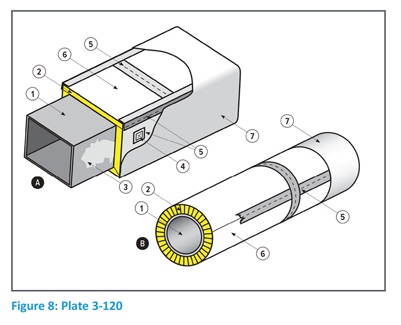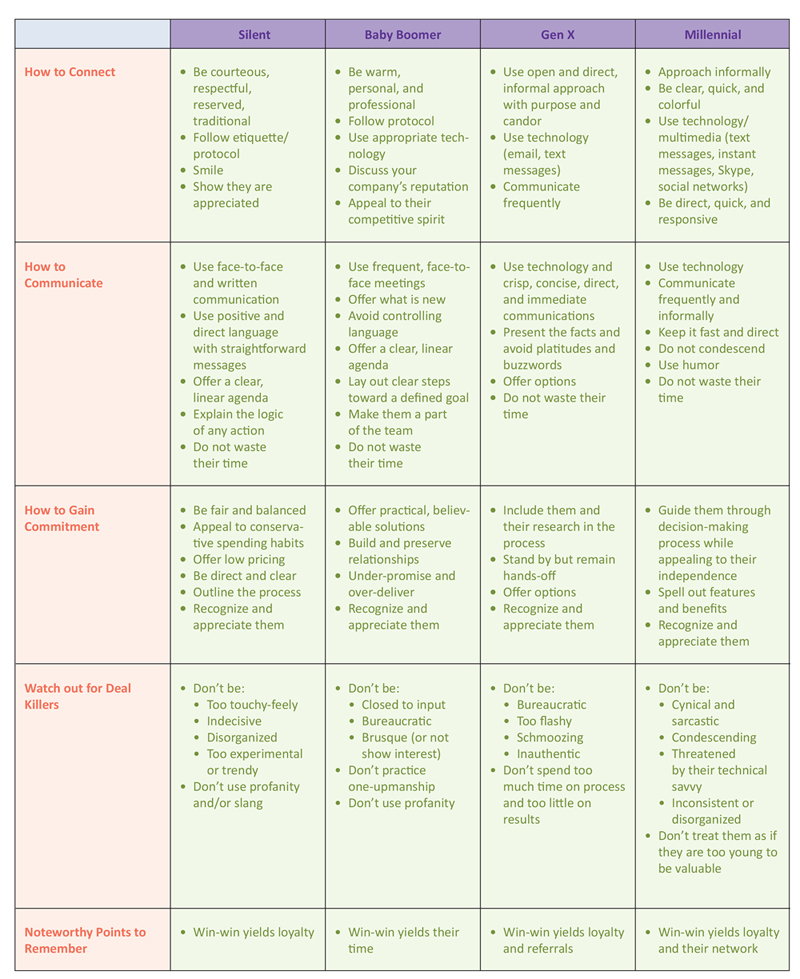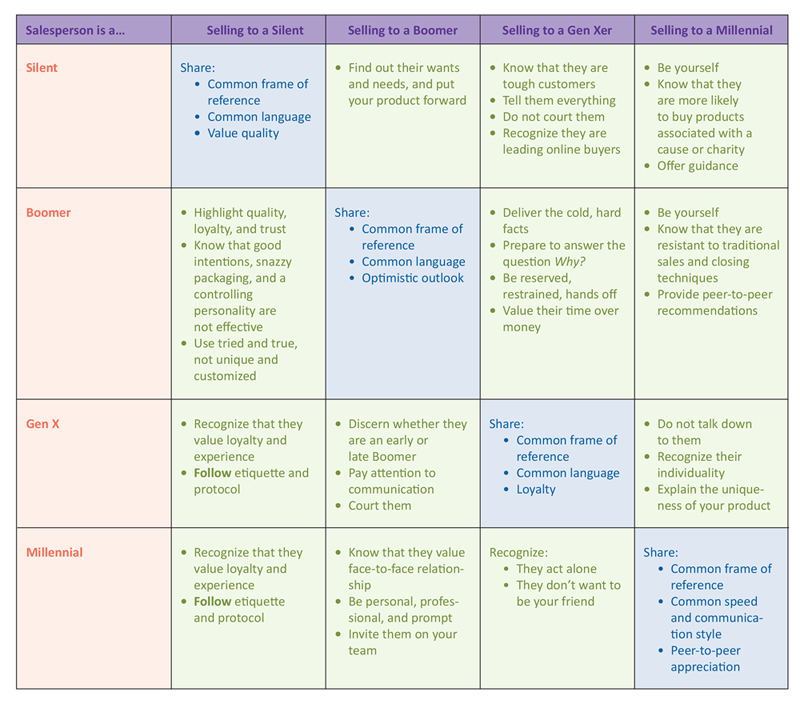Jim is the senior salesperson in his territory—in
more ways than one. He has built a successful career over 30 years and has no
intention of slowing down. But lately he has noticed his numbers are declining.
He has not mentioned it to anyone, but he knows he is not able to connect as
well with his younger buyers. These “kids” do not like to schmooze, and they
resist in-person meetings, blocking him from building rapport the way he is
used to. Jim is having a hard time finding the right tone with these younger
customers and is beginning to have trouble hiding his disdain for the way they
work. He knows he has to change his attitude, but it is tough when he has paid
his dues and these customers are barely out of college!
Cross-generational differences
like the scenario above could be your sales force’s invisible obstacle to
success, or those differences could become your strategic advantage. Today’s
workplace—which includes not only your sales staff but your customer base—is a
dynamic mix of 4 generations:
Silents (born 1933–1945)
Baby Boomers (born 1946–1964)
Generation X (born 1965–1976)
Millennials (born 1977–1998)
This mix is skewing younger
these days, but it is still common to deal with customer contacts (and sales
colleagues) in their 60s and early 70s. These veteran workers—as well as those
in the middle range of experience—are struggling to understand, and be
understood by, younger generations.
The trick is not just to
educate yourself on what makes each generation unique (see “Managing Multiple
Generations at Work” in the June issue of Insulation Outlook), but to
move beyond that awareness to take solid, specific actions that will build
customer confidence and trust, and lead to sales results.
Selling to the Silent Generation
Silent
Generation purchasers and decision makers demand courtesy from sales contacts.
They expect to be respected, and younger people may find them formal. Silents
prefer “standard,” practical service and products rather than bells and
whistles. Similarly, they respond well to straightforward communications—to
salespeople who say what they mean and mean what they say. Silents prefer to
stick to the business at hand, rather than engaging in a relationship-building
conversation.
Members of the Silent
Generation are loyal to the companies they buy from, and they expect loyalty in
return. Although they want respect, they also want to be heard—so listen and
respond to their stories and ideas. Silents spend their company’s money like
their own—very carefully. This generation is financially conservative, and
special pricing is very appealing. They are disciplined in their due diligence
about your product and your claims about reliability, and they will hold you to
those claims.
When buying, and in other business situations, Silents prefer
face-to-face meetings. They are technically literate enough to email and
research online, but virtual contact alone is not enough to seal the deal or
keep the relationship strong. They want to be able to speak with their sales
representative by phone as needed and have regular, in-person contact.
Approaching a member of the Silent Generation: Not all Silents
are stuffy or reserved, but they do believe it is appropriate for business
communications to be formal. Therefore, when speaking with them, your words and
tone of voice should be respectful. Start by calling them by their last name
(Mr. Jones, rather than Jeff)—you can always ask if it is acceptable to use
their first name. Strive to use good grammar and clear diction, and of course
avoid slang or profanity. Keep your focus on sounding and appearing
businesslike—that goes for written communications as well.
As for your targeted message to
Silent prospects, highlight any aspects of your organization’s successful
history.
Baby Boomers—How They Buy
Members of the Baby Boomer Generation are a little
more complicated than Silents in how they make purchasing decisions. On the one
hand, they also like to obey rules and follow procedures, and they are loyal to
companies they purchase from; but at the same time, they are open to other
options. They are willing to go outside the norm (e.g., question relying on a
go-to supplier) when they think they have found a better option.
Boomers value companies with
many years in business and good reputations. While they appreciate price
breaks, they are also willing to spend full price if they believe the
transaction is worthwhile.
Boomers want relationships with those they work with—an ongoing dialogue
rather than sporadic communications. Also, like their Silent counterparts,
Boomer purchasers need face time with sales representatives and prefer
in-person meetings. While they are comfortable with other methods of
communication and contact, to them—as with Silents—a phone call out of the blue
signals something urgent.
Boomers respond well to
businesslike, politically correct language. They are comfortable with online
communications but are definitely still open to printed pieces.
Approaching a Boomer: This
approach should be more relational, perhaps over coffee or lunch. Boomers tend
to see relationships and business results as intertwined. Take time to ask
about mutual interests or personal details (such as, “How is your son doing in
college?”). Make the conversation participative by getting their input, and
link the message to the team or individual vision, mission, and values. As
buyers, Boomers are drawn to vendors’ reputation and history, and the perceived
quality of your product—simply being friendly is not going to cut it.
Gen X: Extremely Savvy Buyers
Members of Generation X are realists, and they can
spot a phony a mile away. They are shrewd when it comes to making purchasing
decisions and want to control the sale. They can be extremely motivated to do
their own research (with their sales representative as well as on their own) to
find purchase-related information and gain a deep understanding of their
choices. They will use the knowledge they gain as assurance that they are not
being taken advantage of and that they are getting the best product and price
possible. Deep down, Gen Xers may be just as frugal as the Silent Generation.
Gen Xers rely on peer-to-peer referrals more than other generations. They
like to confer with peers on purchasing decisions and take those conversations
to heart. If someone they know recommends (or can simply shed light on) your
product, that can give you a tremendous advantage.
This generation is not fond of
in-person meetings. They value their work time and prefer to do business
efficiently over the phone or by email—which also allows them to weigh their
options. Older generations may see this as a hands-off approach, but it suits
Gen Xers’ personal preferences and buying style. They resist micromanaging, and
this applies to perceived hand holding by a sales representative. The benefit of Gen Xers’ wary approach to
selecting your organization as a supplier is that once you earn their trust,
they are the most loyal customers of any generation.
Unlike older generations,
Generation X does not respond to formality in sales communications. Whether you
are writing a collateral piece or making an in-person pitch, keep it simple, do
not waste their time, and focus on the steak—not the sizzle.
Approaching a Generation
Xer: Unlike Baby Boomers, this
generation approaches sales and other business relationships efficiently and
almost impersonally. Do not waste their time asking about their weekend.
If you can smoothly get right to the point, you will win points. Continue to be
straightforward in all communications and avoid corporate-speak. If possible,
weave referrals from similar customers into the conversation—Gen X values this
(more so if they are familiar with the referrer).
For your initial contact, send an email or leave a voicemail that states
clearly what you want, how it will serve the Generation Xer, and when you would
like to follow up. Depending on your own age, this may feel abrupt to you, but
the Gen Xer will appreciate it. When you start the sales process, be sure to
offer (or allude to) multiple product
or package options for their needs. They are more comfortable knowing there is
a plan B waiting in the wings. Finally, once you have gained a satisfied
Generation X customer, leverage that relationship—and this generation’s buying
habits—and network with them to find other prospects.
Marketing to Millennials
The youngest generation of purchasers is a bit more
complex in how they handle purchasing. Because of the way they were brought up,
they can have trouble making decisions on their own. They may be dependent on
peers and managers for guidance, as well as on online information. For this
generation, the Internet holds all the answers, so make sure your company’s
website is comprehensive and easy
to navigate!
Millennials do not make
decisions quickly; they need time and information. At the same time, they can
be impatient and want information from you as quickly as possible. Where Gen
Xers want to be left alone, Millennials will appreciate extra attention as you
guide them to understand what you are selling. Do not be misled by their dependence
on others, however, when it comes to decision making: Millennials are savvy
when it comes to buying, and very confident in their abilities. It is important
to recognize their confidence even when you see them struggling with the buying
decision.
Millennials are civic minded,
and messages that indicate your organization or product is contributing to a
good cause or is socially conscious will give you a definite advantage. They
are more brand conscious than brand loyal: They are highly adaptable when it comes
to bouncing in and out of buying relationships, and will leave for greener
pastures if they find your competition has more to offer or better pricing.
As you might expect,
Millennials are all about communicating via email or even text messaging. They
move fast, and in-person meetings are not their style. They also like to
collaborate with their suppliers via blogging (and commenting on blogs) and
other social forums.
Approaching a Millennial: You
will walk a fine line between facing Millennials’ confidence and giving them
some decision-making support—such as anticipating questions from their
higher-ups and proactively providing that information. Warning: Never be
condescending, and avoid coming across as cynical or sarcastic.
They respond well to messages
that target their personal or team goals, so find out what those are. You also
may find success when stressing product uniqueness (if appropriate) and taking
a collaborative approach.
See Figure 1: How To Connect, Communicate, Gain
Commitment, or Kill the Deal.
A quick look at qualities and strategies for each
generation.
Incorporating Your Knowledge
How can you implement this knowledge of the
generations into your day-to-day approach to selling? Try adding the steps
below to your sales process.
Step 1: Identify the
Generation
Your first step is to know which generation your
customer or prospect belongs to. Make generational demographics part of your
sales research. Look for data or clues on the age of the individuals you will
contact using online resources and your own observations.
Step 2: Distinguish Your
Approach
Consider the preferences of each generation and how
you might differentiate what you say and how you say it during the sales
process.
Silent customers: They do
not mind the sales process, so you can be straightforward in your approach.
They prefer a trusted “blue chip” business to a newcomer, and testimonials from
respected publications or individuals will go far with them. Key closing
communication: Summarize their expectations, how you met those expectations,
and ask for their business.
Baby Boomer customers:
This generation also does not mind the sales process and expects strong selling
and closing strategies. They like to be courted, appreciate processes (and
products) that save them work and time, and will respond well to upbeat news
about your business or industry. Key closing communication: Demonstrate that
you are working hard for their business, and then ask for the sale.
Generation X customers: Gen
Xers are skeptical of sales pitches, though they do appreciate
straightforwardness. They are particularly resistant to pressure or hard
selling. Offer them options and provide resources so that they can do their own
research. Key closing communication: Be direct, open, and understated. Inform
and educate, answer all their questions, and let Gen X close themselves.
Millennial customers: This
generation of avid consumers enjoys the sales process, although pressure and
pushiness will not work with them. They want to hear why your product is
relevant and important to them. They are very receptive to companies with ties
to community service, charitable causes, sustainability, and social and
environmental responsibility. Key closing communication: Help them relieve the
stress of the process, guide them, and gain agreement one step at a time
(“staircase” to the close).
Step 3: Differentiate Your
Relationship Building
Think about the characteristics and tactics that
apply to each generation and how to incorporate this information into your
first and ongoing impressions.
Building Sales Relationships
with Silents: Introduce yourself in an in-person meeting and then stay in
touch and make it easy for them to do so. Have a clear, linear agenda for the
sales process, and deliver the goods with no up-selling. Remember to ask for
the sale!
Building Sales Relationships
with Boomers: Invest in these relationships. Get on their team by meeting
face to face as well as using technology to communicate. Stay in touch by
calling about special promotions and offers, send them cards and letters at
appropriate times, and use giveaways and rewards as signs of accomplishment.
Note that late Boomers (those born between 1955 and 1964) seem to have a hint
of the skepticism that we usually associate with Gen X.
Building Sales Relationships
with Gen X: Approach these customers by being straightforward and
transparent, communicating efficiently, and being truthful and authentic. They
like salespeople who can inform, educate, and offer them alternatives and
fallback plans. Be mindful of their time and make the process quick and easy.
Building Sales Relationships
with Millennials: Use crisp, clear, and concise communications. Recognize
their identity and individuality, offer guided decision making (but do not talk
down to them!), and cater to their love of instant gratification by moving
fast.
See Figure 2: A Generation-to-Generation Overview.
An at-a-glance summary for salespeople of each
generation.
The Critical Connection
Remember Jim
from the opening scenario? Jim knows that a customer’s buying decision is
approximately 85% emotional and 15% rational. He realizes from his own
experience that the emotional part of the decision is based on 2 qualities that
customers feel toward the sales professional: respect and likability. He knows
that as long as he is doing his job well, his customers will respect and
appreciate his competence, professionalism, and knowledge. After studying the
generations, he knows that they will like him more when he demonstrates that he
understands and appreciates their preferences—that is when they lean in and
listen. Like Jim, when you speak a common language using the messages and
approaches your customers prefers, you can connect with them. Then, you are on
your way to successfully selling across all generations.



